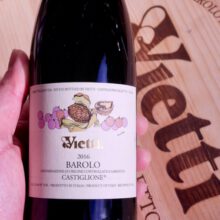
Product information
Vietti Castiglione Barolo 375ml 2016
$73
Description
2013 was a bold Castiglione for Vietti. 2014 saw a return to a classic wine. I devoured a fairly ‘large’ glass of 2015 with Luca. Smart wine. Like the 2014 we see the tensions, line, length and purity is impressive. It’s just so drinkable now, but, will undoubtedly last. A little lower in alcohol and higher in acid, this is a delicious, fine wine, with deceptive intensity and length. A stella Castiglione from Vietti. The shift from the 2014 to 2015 sees more refinement with mouthfeel and more immediate generoisty.
When you learn of the Cru fruit that goes into the Barolo Castiglione it’s clear it is a steel! For me the 2015 sits between the 2012 and 2013 in style.
Now we move onto the 2016 can’t wait to get my laughing grear around it! Will report back ASAP!
Luca and Elana are consistently showing their ability to adjust their winemaking and skillful blending to the fruit delivered by the ever-changing and more extreme vintages!
Out of stock
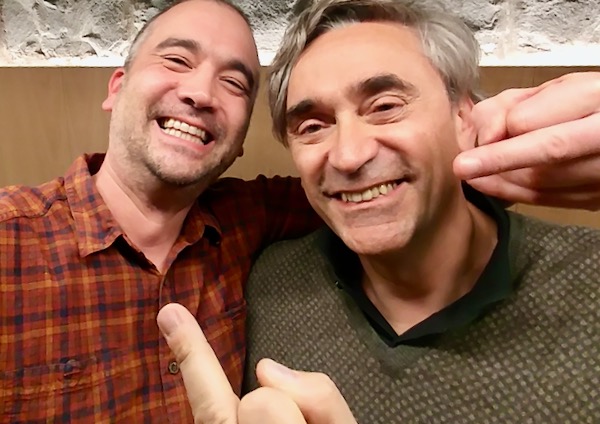








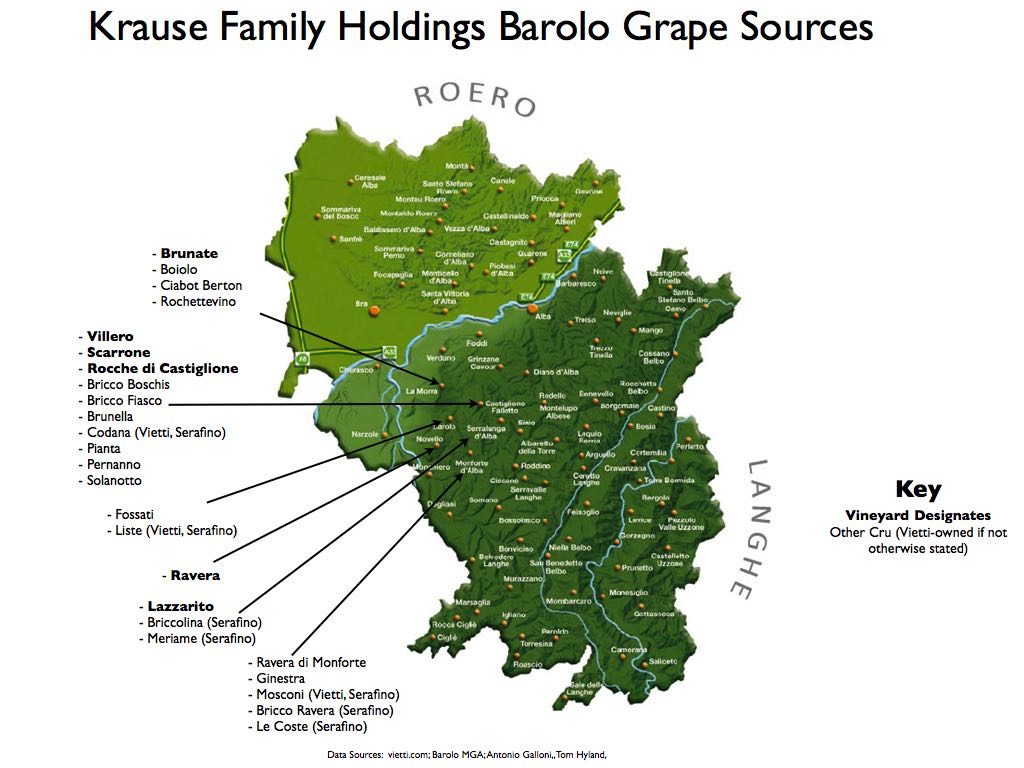
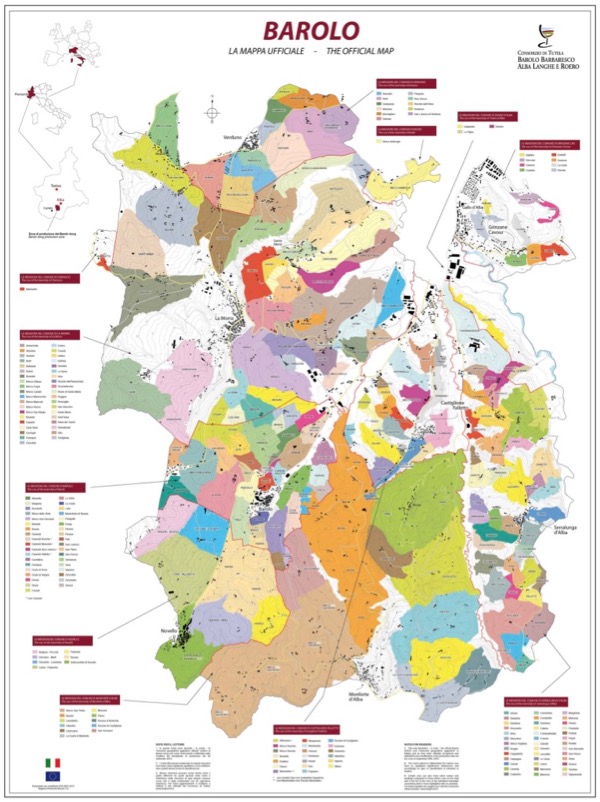



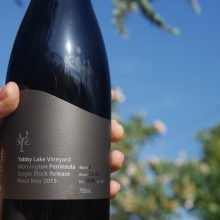
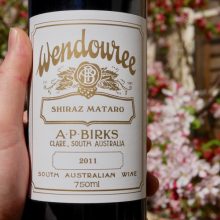
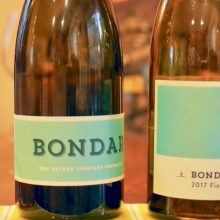
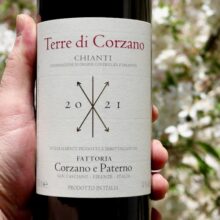
You must be logged in to post a comment.